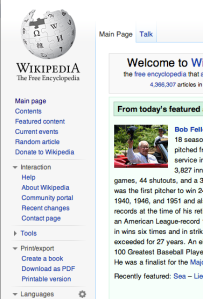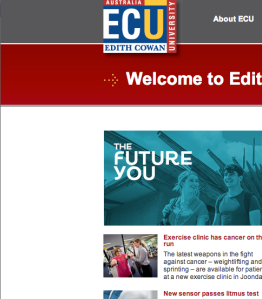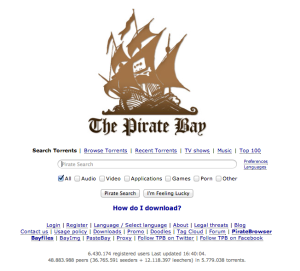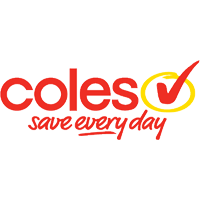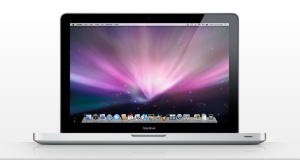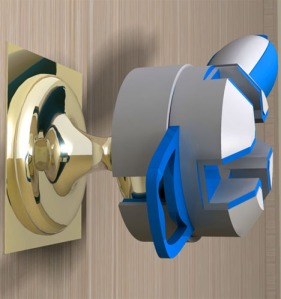People are lazy. I know that, you know that and Americans like to remain ignorant to the fact that they are, but they’d rather not talk about it. We search every day for easier solutions to day-to-day quibbles that the first world population has. However, did you that our need to be lazier has a name? Well, it called the Performance Load.
According to Galitz (2007), performance load follows “the past of least resistance principal” and puts emphasis on that “the greater effort to perform a task, the less likely it will be accomplished successfully”. The drive for success and the fear of failure, even from early ages such as 5 and 6 year olds (Church, 2004), is what makes humans choose a lesser load over a higher load.
One example of the performance load being reduced in order to increase success rates are vending machines. In this day and age, the consumer of whatever just happens to come out of a vending machine has many ways to pay for their chosen item. Gone are the old days of coin-operated machines (coin-op), with their being multiple ways to pay for that soft drink or chocolate bar. New contactless credit card technology, improvements to mobile cellular networks, as well as the older note acceptance devices make it more than easy to grab a snack or drink and all but eliminates the excuse of “I don’t have any change”.
Along with these benefits, Intel (a producer of the contactless technology) has reported that sales at their vending machines in the United States have gone up by up to 30% (2011). So, not only do these machines promote a lesser performance load, but also drives up profits for the companies using it.
The reason why performance load is important today is because the people who make the things that reduces performance load are profitable companies. As long as consumer products are around – you should expect the performance load to keep on reducing until, maybe, we don’t have to do anything at all.
Church, E. B. (2004). 5-6 YEARS: Fear of Failure. Scholastic Parent and Child , 12 (3), 87.
Galitz, W. O. (2007). Performance Load. In W. O. Galitz, The Essential Guide to User Interface Design : An Introduction to GUI Design Principles and Techniques (3rd Edition ed., pp. 84-85). Indianapolis, Indiana, USA: Wiley.
Intel Corp. (2011, January 20). Contactless Payment Technology Drives Higher Vending Machine Revenue. Retrieved Oct 19, 2013, from Intel: http://www.intel.com.au/content/dam/doc/case-study/retail-core-i3-touchgo-study.pdf
